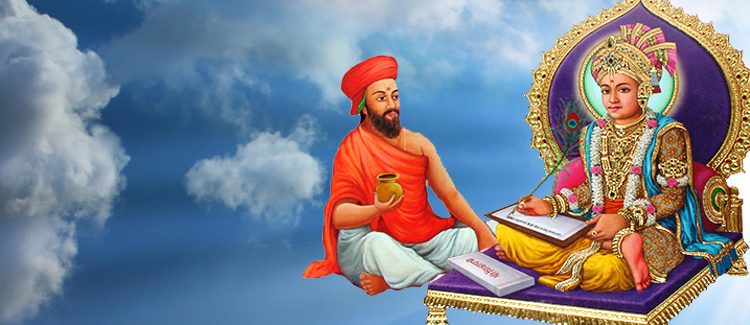Vasant Panchmi

The auspicious day of Vasant Panchmi falls on Maha Sud Pancham, and holds a number of important significances. The first is that it marks the coming of spring, hence the name “vasant rutu”- the season of spring, symbolising new life and new beginnings. It was on this day that Shree Krishna Bhagwan rode his chariot to the town of Raivatghiri, and there sincerely enjoyed sporting with an assortment of coloured powders. As a result, on this day, Bhagwan is dressed with white garments and is sprinkled with a variety of colours. This festivity is continued until the arrival of Holi, and kirtans related to “rangleelas” are sung for the duration. Popcorn, chick peas, dried dates and tamarind are offered to Bhagwan as Prasad to mark the occasion.
In the Swaminarayan sampraday, Vasant Panchmi holds a special significance as it is on this day that Bhagwan Shree Swaminarayan Himself wrote the Holy Shikshapatri, in the year Vikram Samvat 1882. He sat in the Hari Mandap in Vadtal, a town in the Kheda district in the state of Gujarat, India as He wrote in Sanskrit, 212 verses of spiritual benevolence for all beings. .
Slok 211 of the Shikshapatri authenticates the scripture, and clarifies its origin:
“This Shikshapatri was written by Me on Vasant Panchmi in V.S. 1882 and is therefore to benefit all.”
A copy of the original manuscript is still accessible today, and is kept at the Bodleian Library of Oxford University. This was presented by Bhagwan Shree Swaminarayan to Sir John Malcom, a British Governor who not only recognised Bhagwan’s spiritual greatness, but His actions in helping maintain social control. It remains unaltered, and copies made are compared to this one, to ensure authenticity.
Vasant Panchmi is celebrated with grand festivity in the Swaminarayan sampraday as Almighty Bhagwan Swaminarayan has written this valuable compass to the Supreme Path on this day.

